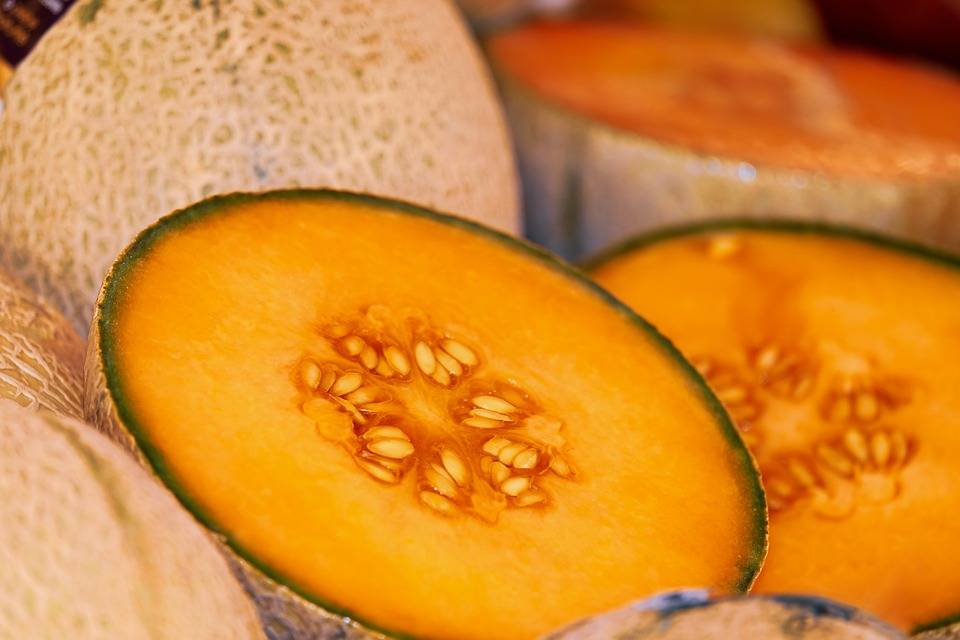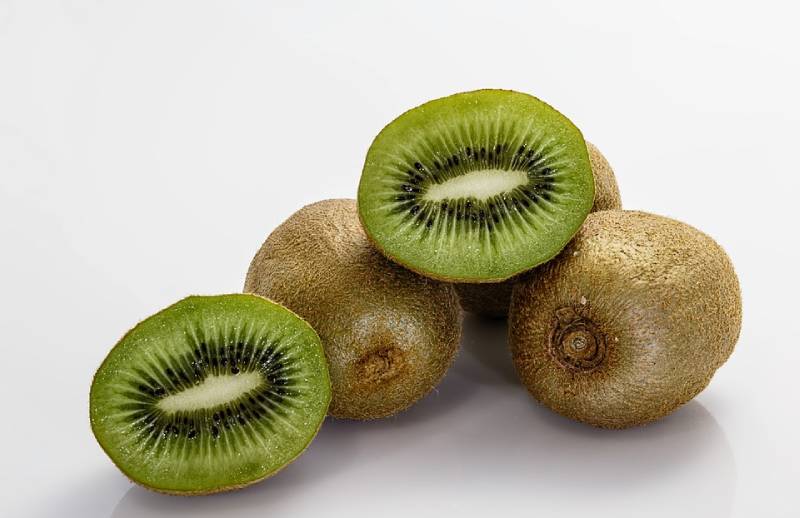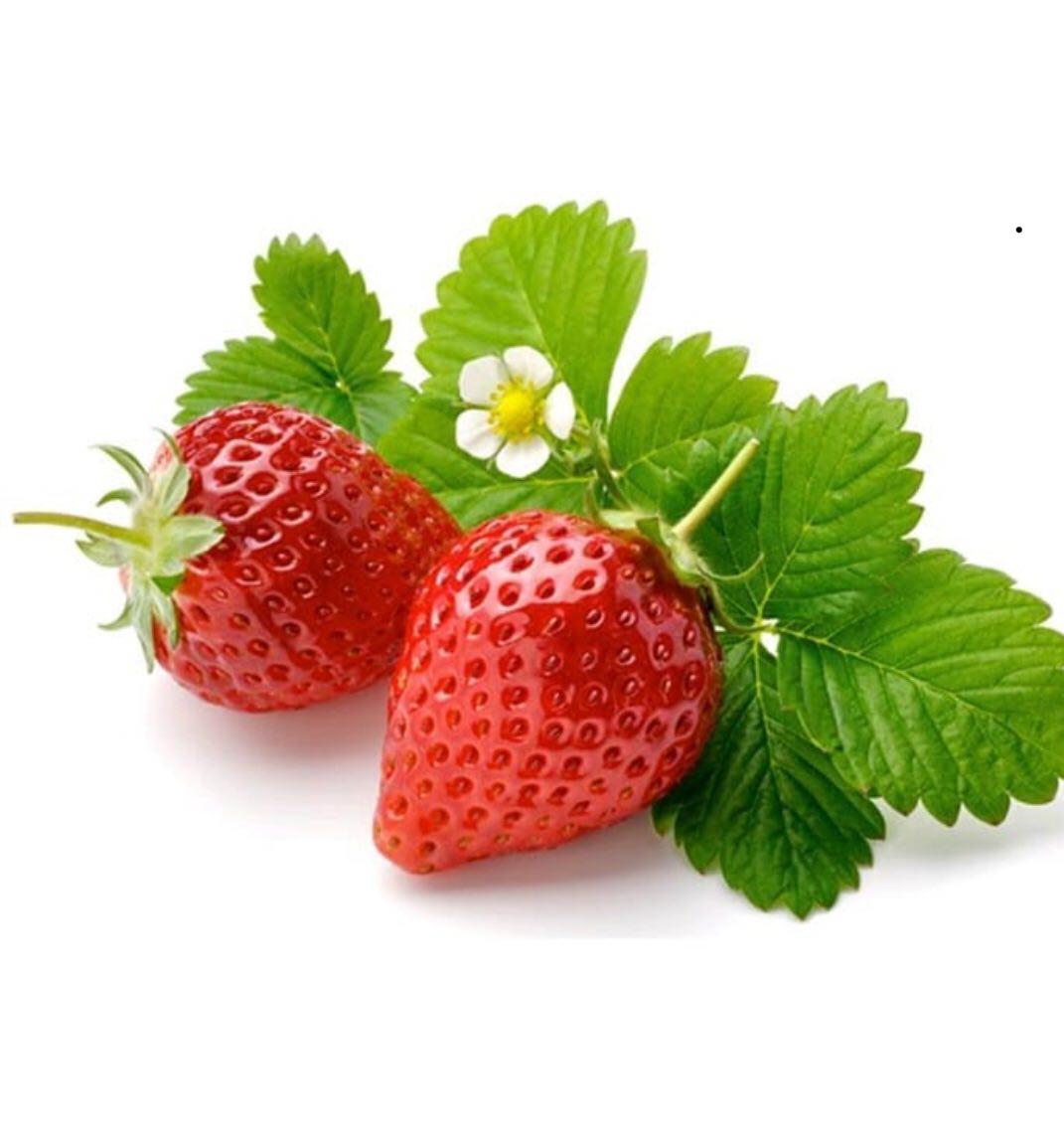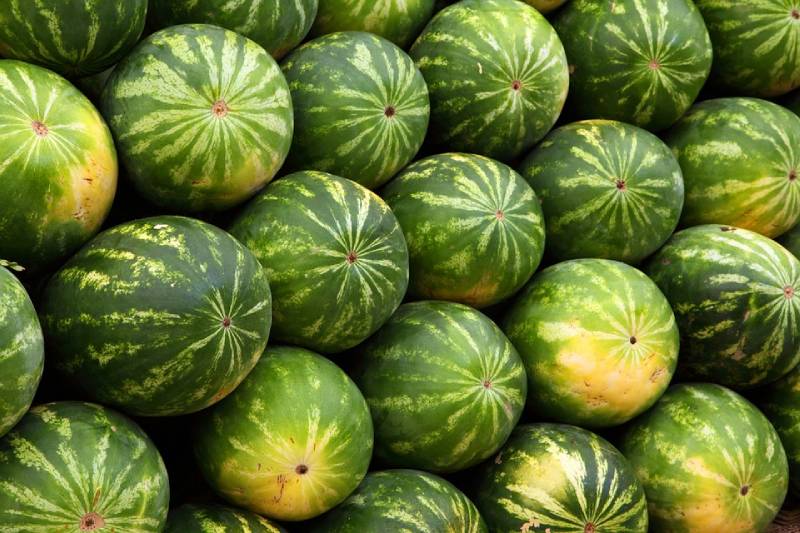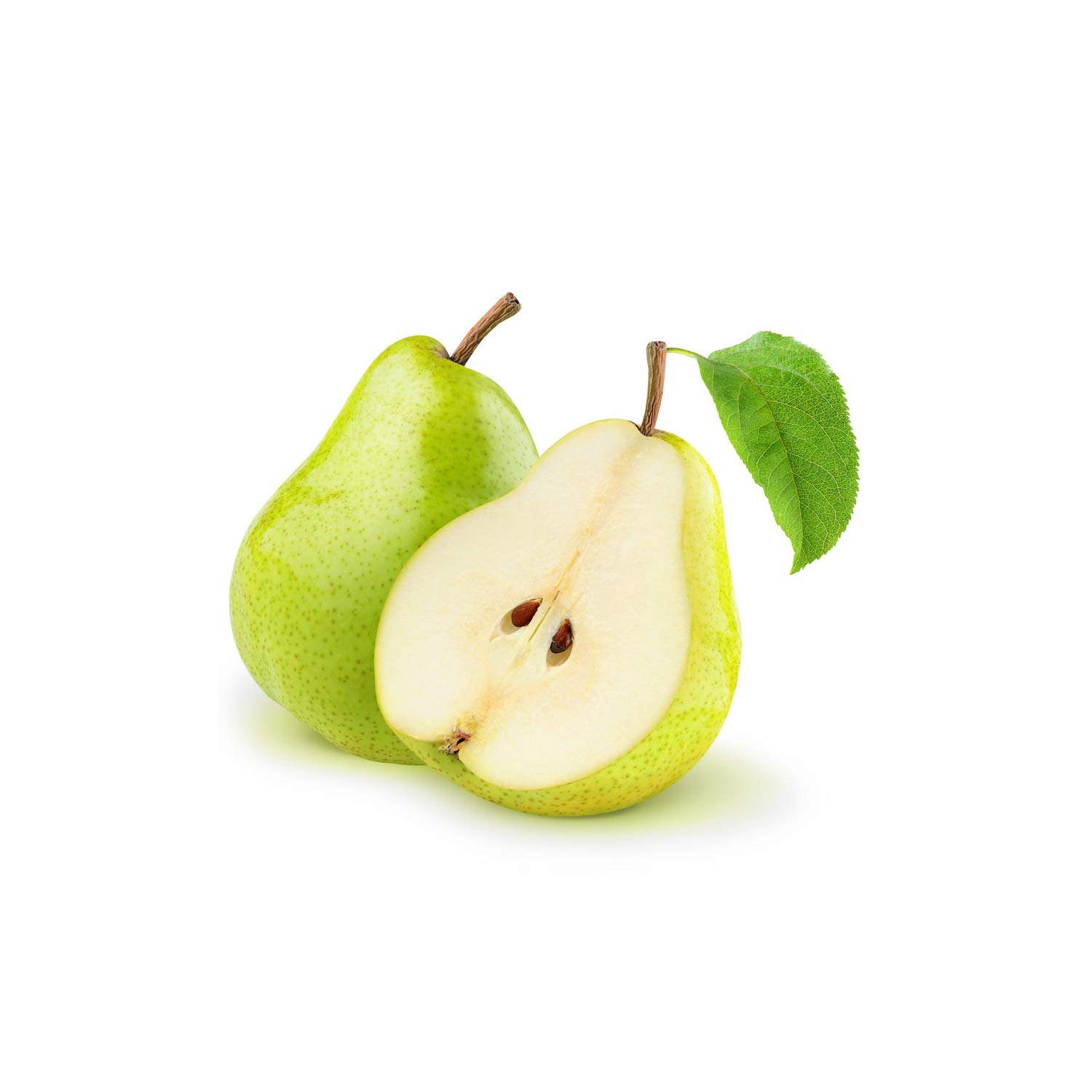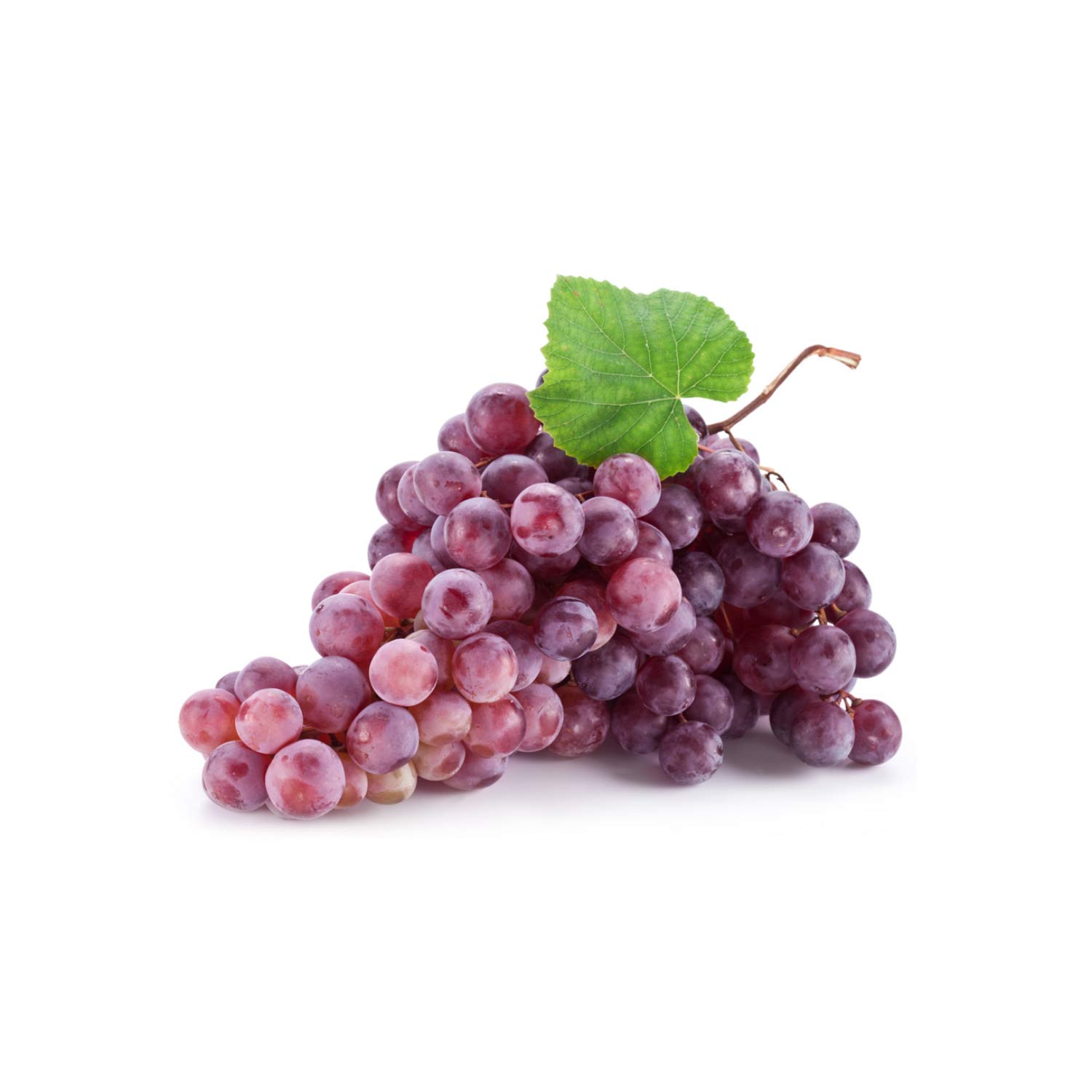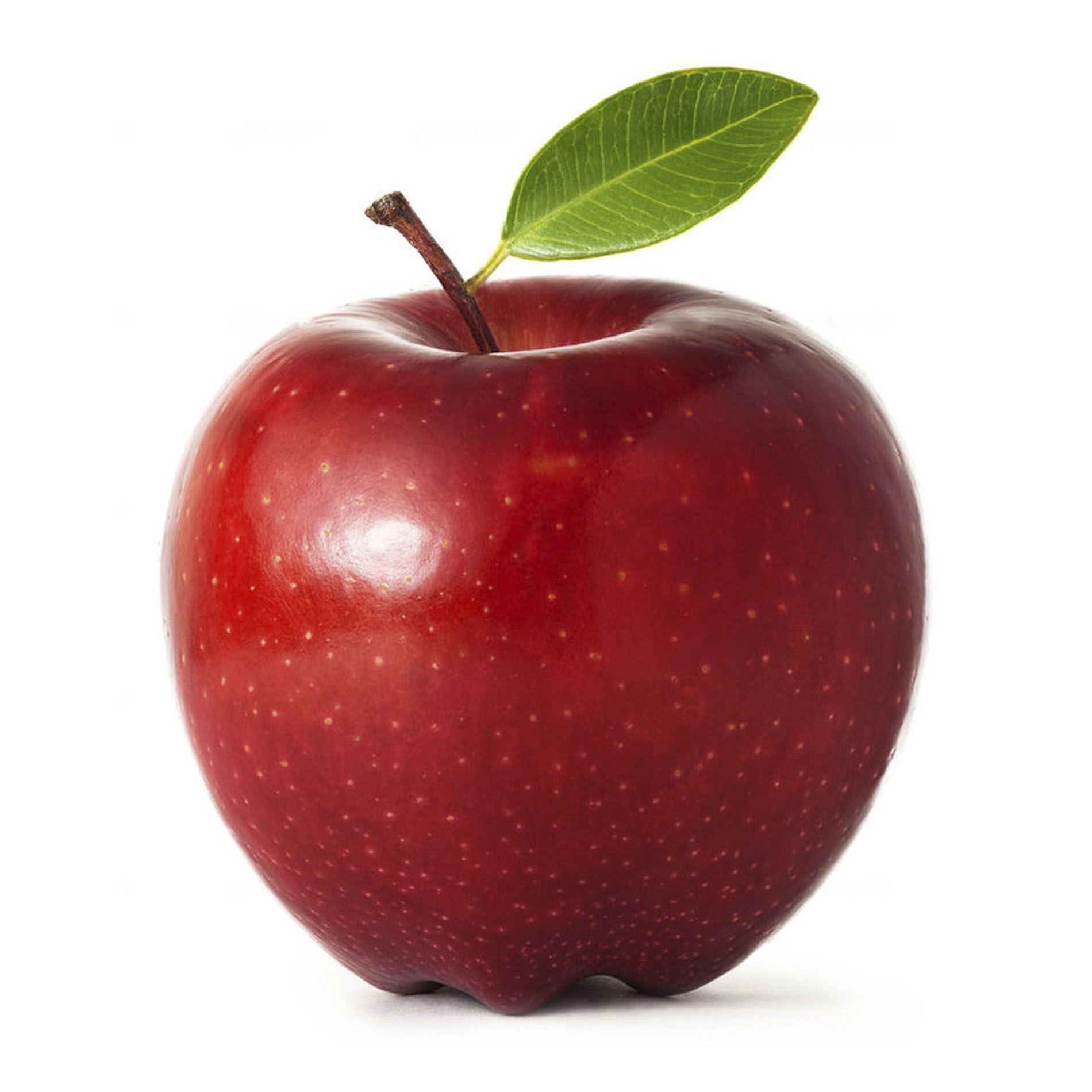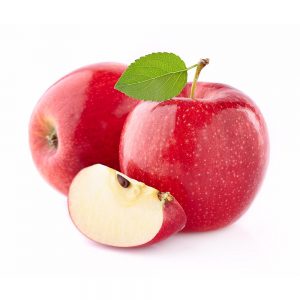A Lucrative Opportunity in the Global Market
Introduction to Dried Lime Exporting
Dried lime, a popular ingredient in Middle Eastern, Persian, and African cuisines, is gaining worldwide popularity due to its unique tangy flavor and versatile culinary uses. By exporting dried lime, businesses can unlock profitable opportunities, especially in regions that demand this ingredient but do not produce it locally. This guide outlines key requirements and practical steps to help you succeed as a dried lime exporter.


Why Export Dried Lime?
Dried lime stands out because of its rich flavor, long shelf life, and multiple health benefits. Consequently, it attracts increasing attention in international markets. Moreover, the global demand for unique and exotic ingredients continues to grow, with dried lime becoming a staple in gourmet kitchens, restaurants, and food processing industries. In particular, its use in spice blends, beverages, and soups expands steadily across North America, Europe, and parts of Asia. Therefore, exporting dried lime allows you to tap into a vibrant and expanding market while increasing your profit margins.
Key Requirements for Exporting Dried Lime
1. Quality Standards and Certifications
First and foremost, ensure your dried lime meets international food safety and quality standards. Different countries impose various regulations, so you must comply with certifications such as:
HACCP (Hazard Analysis and Critical Control Points): This certification guarantees safety against biological, chemical, and physical hazards during production.
ISO 22000: This global standard manages food safety systems effectively.
Organic Certifications: If you plan to export organic dried lime, obtain the necessary certificates to satisfy organic standards in your target markets.
By maintaining high product quality, you build trust with international buyers, promote repeat business, and avoid delays during customs inspections.
2. Proper Packaging and Labeling
Packaging plays a crucial role in preserving the flavor and freshness of dried lime during transit. Use airtight, moisture-resistant packaging such as vacuum-sealed bags, resealable pouches, or jars. Additionally, labels must include:
Product name (e.g., “Dried Lime” or “Black Lime”)
Net weight
Country of origin
Expiration date
Ingredients (if blended or processed)
Nutritional information and certifications (such as organic or non-GMO)
Since each country enforces specific labeling requirements, make sure your packaging complies with the regulations of your destination market.
3. Phytosanitary Certificate
Because dried lime is an agricultural product, importing countries usually require inspection to confirm it is free from pests and diseases. You need a phytosanitary certificate issued by your country’s agricultural authority. This certificate plays a critical role in clearing customs without delays or rejections.
4. Customs Clearance and Export Documentation
To export dried lime smoothly, prepare all essential documents, including:
Commercial Invoice: Details the sale, quantity, and value of your dried lime shipment.
Certificate of Origin: Verifies where the dried lime was grown and processed.
Phytosanitary Certificate: Confirms the product is pest-free and meets health standards.
Packing List: Specifies packaging details, quantity, and weight of the shipment.
Bill of Lading: Provided by the logistics company, outlining shipping and transportation details.
How to Succeed as a Dried Lime Exporter
Step 1: Identify Target Markets
Begin by researching regions with strong demand for dried lime. The Middle East, Europe, and North America have high interest in ethnic foods, gourmet cooking, and natural flavorings. Therefore, conduct thorough market research to identify which countries offer the best opportunities and which buyers—whether wholesalers, retailers, or food processors—match your product.
Step 2: Source High-Quality Dried Limes
Quality plays a vital role in export success. Partner with suppliers who adhere to international standards, including proper drying methods that preserve flavor and nutrients. Additionally, consider processing and packaging dried limes locally to control quality, reduce costs, and add value.
Step 3: Find Reliable Buyers and Distributors
Once you identify your target markets, actively seek trustworthy buyers and distributors. Use B2B platforms, attend international trade shows, and collaborate with export promotion agencies to connect with importers seeking high-quality dried lime. Moreover, building long-term relationships helps secure steady demand and repeat orders.
Step 4: Manage Logistics and Shipping
Finally, work with logistics partners experienced in handling food exports to guarantee timely and safe delivery. Depending on your shipment size and urgency, choose sea freight for cost efficiency or air freight for speed. Ensure your logistics provider handles all necessary customs clearance and documentation to prevent shipment delays.
Benefits of Exporting Dried Lime
Long Shelf Life: Dried lime retains its quality for months or even years, making it highly suitable for export.
Rising Global Demand: As consumers increasingly seek exotic, natural ingredients, demand for dried lime grows rapidly.
Versatile Uses: The product appeals to culinary, beverage, and even medicinal industries, thereby expanding market potential.


